With increasing worries about water shortage, collecting rainwater has become an important strategy. It’s also sustainable and eco-friendly.
By harvesting and storing rainwater, we can reduce our reliance on municipal water supplies, providing a reliable alternative source of water for various uses. Plus, they are useful in emergencies and off-the-grid homes.
So , How do you collect rainwater and keep it clean? To collect and keep rainwater clean, set up a catchment system with a clean roof, gutters, and downspouts. Install a first-flush diverter and debris filter. Direct water into a storage tank. Treat it with appropriate disinfectants, and cover the tank to prevent contamination and algae growth.
If you want to learn more about how to collect and clean rainwater, stick around.
We’re about to unpack everything you need to know about capturing rainwater and keeping it clean and safe for use.
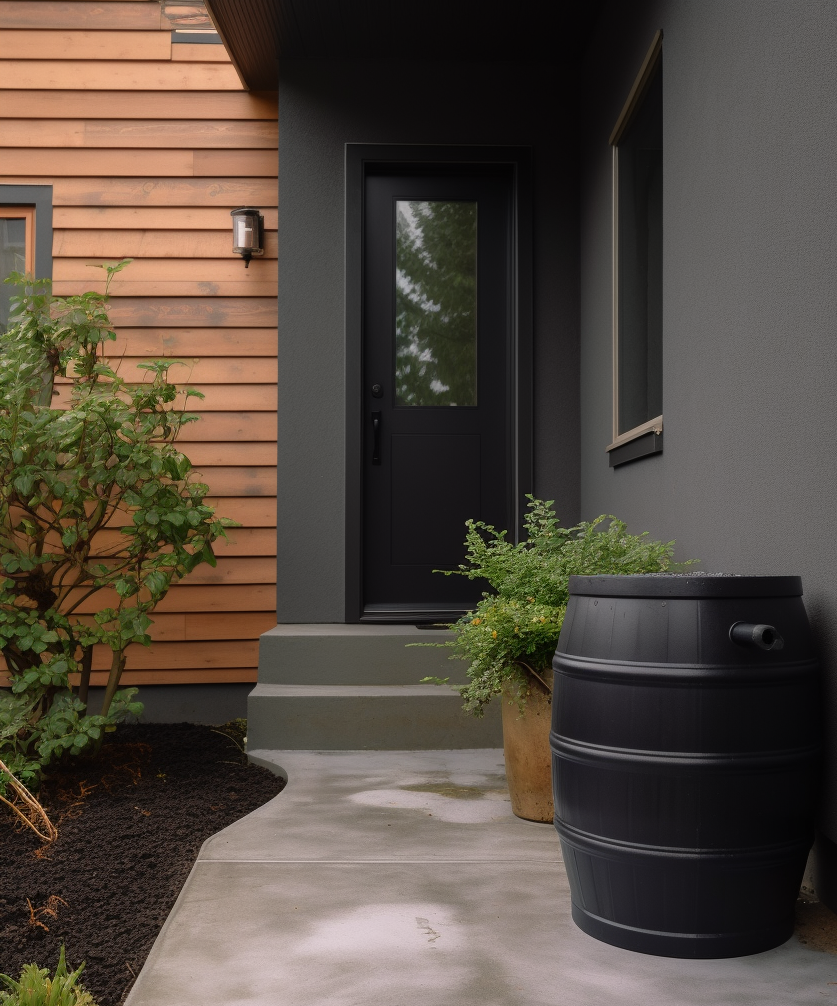
In This Guide
How Do You Collect Rainwater And Keep It Clean?
Rainwater collection begins with a rain collection system. This can be as simple as using a rain barrel or as elaborate as creating a rooftop gutter system that channels water into storage tanks.
Collecting rainwater involves the following:
- Choosing the right location for your rain barrel or tank.
2. Installing gutters and downspouts to direct water into your collection system.
3. Ensuring that your collection system is properly maintained and free of debris.
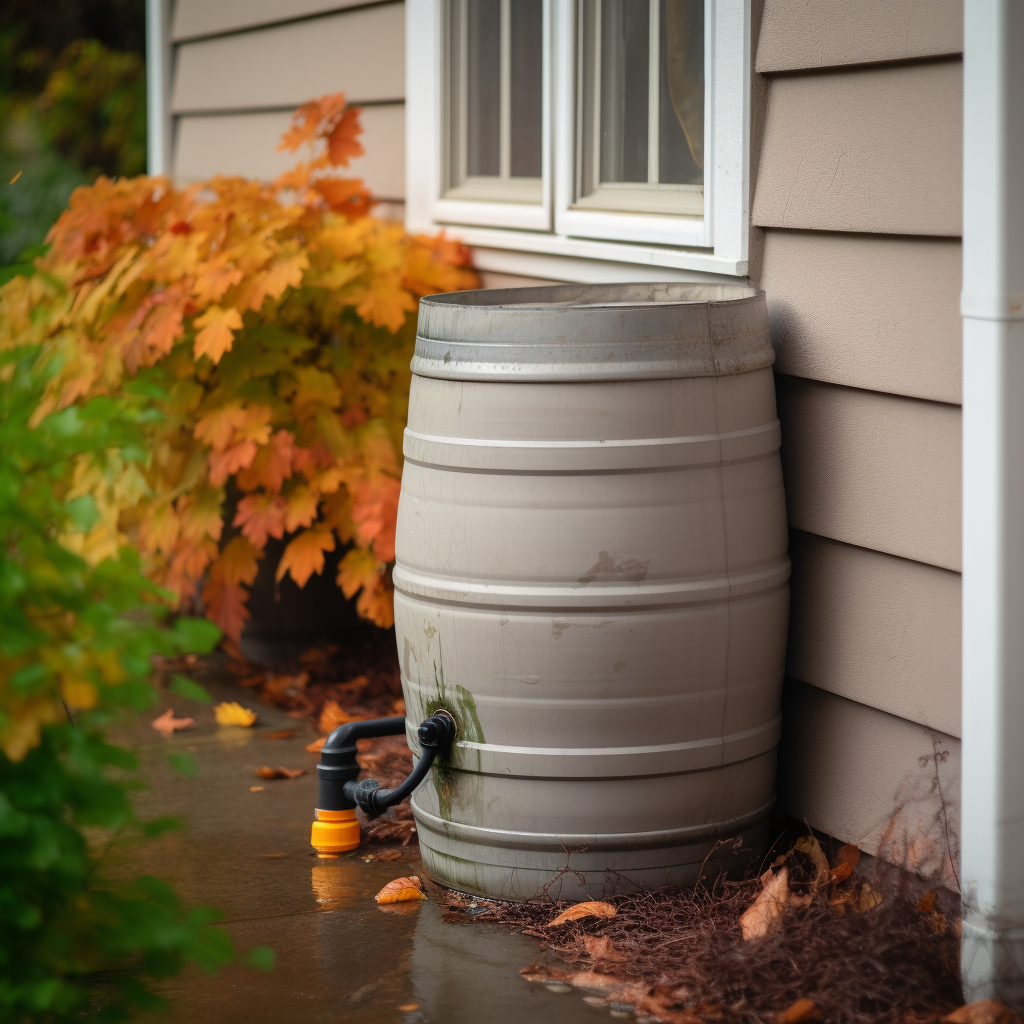
Setting Up A Rainwater Harvesting System
So how do you collect rainwater for drinking? First, you’ll need to set up a rainwater harvesting system, which is essentially a way to catch, store, and use rainwater.
Your setup could be as straightforward as a single rain barrel or as intricate as a system with large storage tanks and built-in filtration elements.
To set up a rainwater harvesting system, you need the following components:
1. Catchment Area
This is the surface that’ll catch the rain, usually a rooftop. Rainwater quality depends on catchment area material and cleanliness.
2. Gutters and Downspouts
These components help channel rainwater from the catchment area to the storage unit. If they’re the right size and kept clean, they’ll help you collect rainwater efficiently.
3. First-Flush Diverter
This device diverts the contaminated flow of rainwater away from the storage tank. This helps to improve the quality of collected rainwater.
4. Storage Tank or Rain Barrel
This is where you’ll store your collected rainwater for future use. Your storage can be as simple as a small barrel or as grand as a large cistern. Choose based on your needs and how much rainfall your area gets.
5. Filtration and Treatment System
Before you even think about drinking rainwater, it’s crucial to filter and treat it. Rainwater may pick up toxins like lead, copper, asbestos, silt, filth, germs, viruses, and more.
To make it safe to drink, you’ll need a filtration system, such as mechanical filters and ultraviolet (UV) sterilization systems.
But how will you filter rainwater to drink? Reverse osmosis and distillation are your best options.
Distillation
Distillation involves heating rainwater until it evaporates, leaving impurities behind. The water vapor is then cooled and condensed back into liquid form, resulting in purified water.
But this method uses a lot of energy. Also, it may not remove certain volatile compounds.
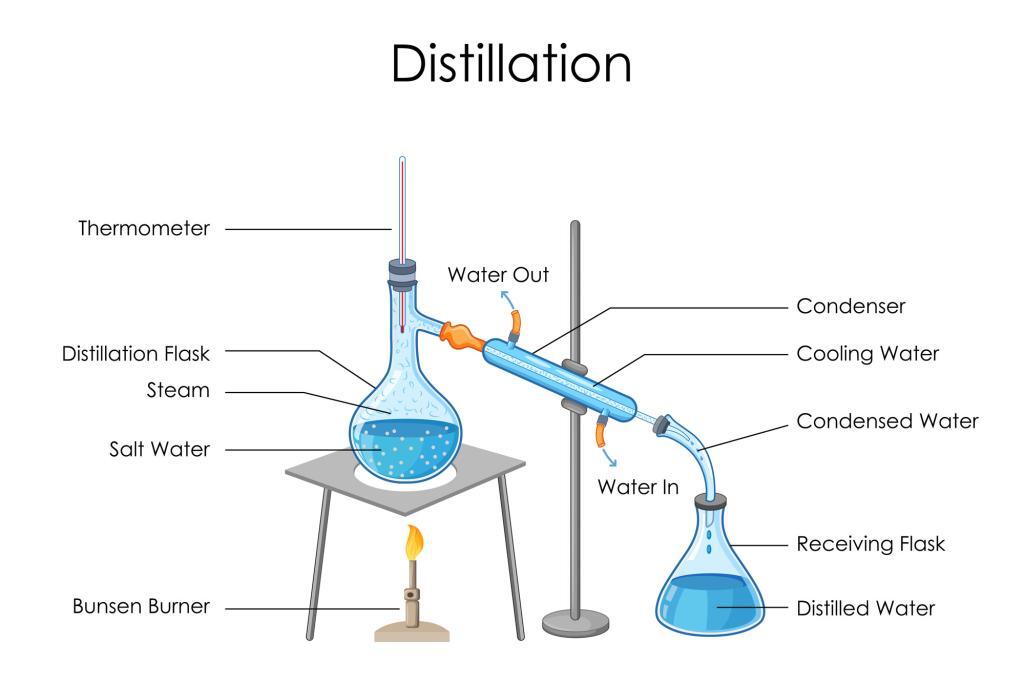
Reverse Osmosis (RO)
Reverse osmosis is a pressure-driven process that forces rainwater through a semipermeable membrane. It allows water molecules to pass while retaining contaminants.
It’s best to pair it with a UV water purifier to ensure the harmful elements like bacteria and viruses are killed.
However, it can generate wastewater. It may also require pre-filtration to protect the membrane from clogging.
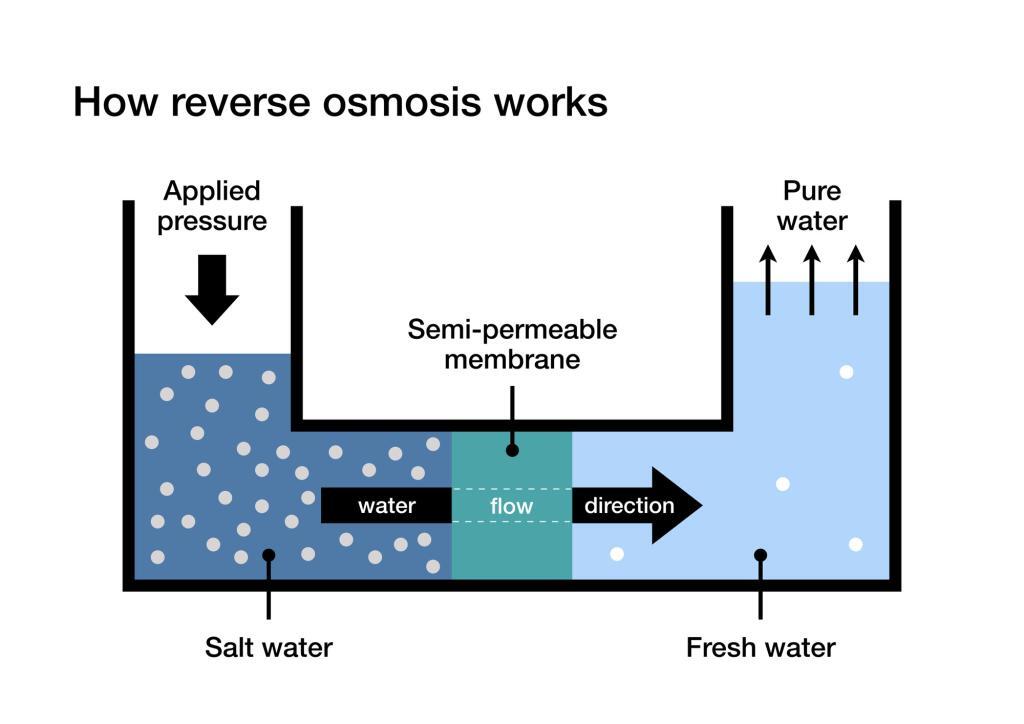
UV Disinfection
Using ultraviolet rays is an effective method for making rainwater safe for drinking.
UV disinfection works by exposing water to UV-C light. This kills harmful microorganisms such as bacteria, viruses, and protozoa. It damages their DNA or RNA, rendering them unable to reproduce and cause illness.
Remember to remove any debris and sediment for UV treatment to work effectively. This is because suspended particles can shield microorganisms from UV light.
You also need to use a multi-stage filtration system, like sediment, activated carbon, and ceramic filters, to remove fine particles, organic matter, and potential chemical contaminants. This step improves water clarity, allowing UV light to penetrate more effectively.
6. Distribution System
This component helps deliver stored rainwater to various access points. Common places are garden hoses, irrigation systems, or indoor plumbing. Depending on the system’s complexity, you may include a pump, pressure tank, and pipework.
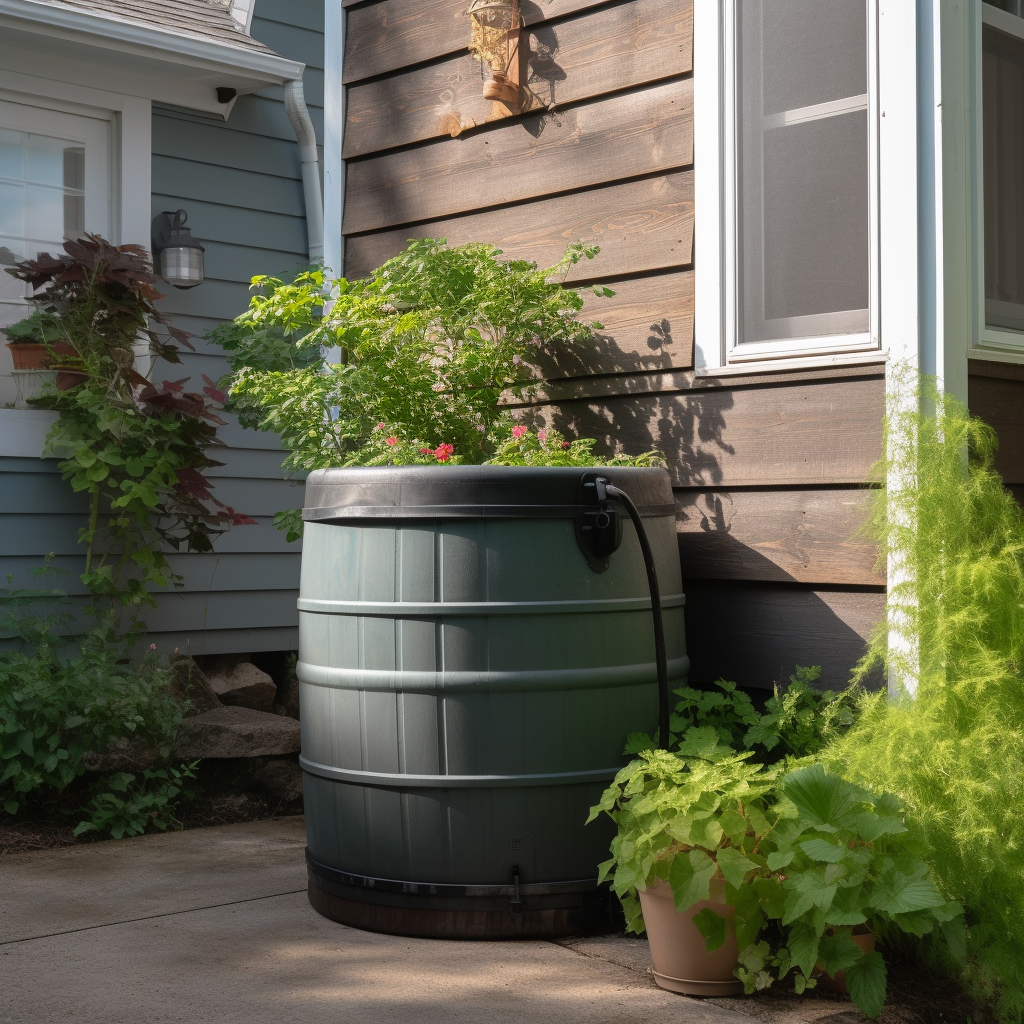
How To Collect Rainwater At Home For Plants
Rainwater is very good for plants because it doesn’t have the chemicals chlorine and chloramine. These chemicals, found in most tap water, can harm plant health over time.
So using rainwater for your plants can be a great way to provide them with cleaner and more natural hydration.
So if you’re going to use rainwater for gardening, you don’t have to filter it as thoroughly as you would for drinking water. But you should remove large particles so they won’t clog your drainage.
Here’s a simple guide on how to do it:
- Choose a clean, debris-free roof or terrace for rainwater collection.
2. Set up gutters along the roof’s edge. Attach downspouts to channel water to your storage tank, and use a first-flush diverter.
3. Add a debris filter. You can install a mesh screen or filter before the tank to catch leaves, twigs, and other debris.
4. Pick a tank that fits your space and capacity needs. Ensure it has a tight-fitting lid to prevent contamination and insect entry.
5. Attach a hose or spigot to the storage tank for easy watering access.
6. Clean the catchment area, gutters, downspouts, and filters periodically to maintain water quality.
How Do You Keep Rainwater Clean?
To ensure the cleanliness and safety of your collected rainwater, follow these steps:
- Use a debris screen or filter to keep leaves, twigs, and other large contaminants.
2. Clean your gutters and downspouts regularly to prevent buildup.
3. Add a small amount of vinegar to your rain barrel to help prevent algae growth.
4. Install a filtration system to remove impurities and contaminants.
5. Regularly inspect and maintain your storage tank.
How Do You Keep Your Rain Barrel Tank Clean?
Here are some ways to keep your rainwater tank clean:
- Regularly inspect and clean the roof, gutters, and downspouts.
- Install a debris filter and first-flush diverter to prevent contaminants from entering the barrel.
- Cover the barrel with a tight-fitting lid to deter insects and algae growth.
- Periodically clean the barrel. Use water treatment products, such as non-toxic mosquito dunks or water purifiers, to maintain water quality.
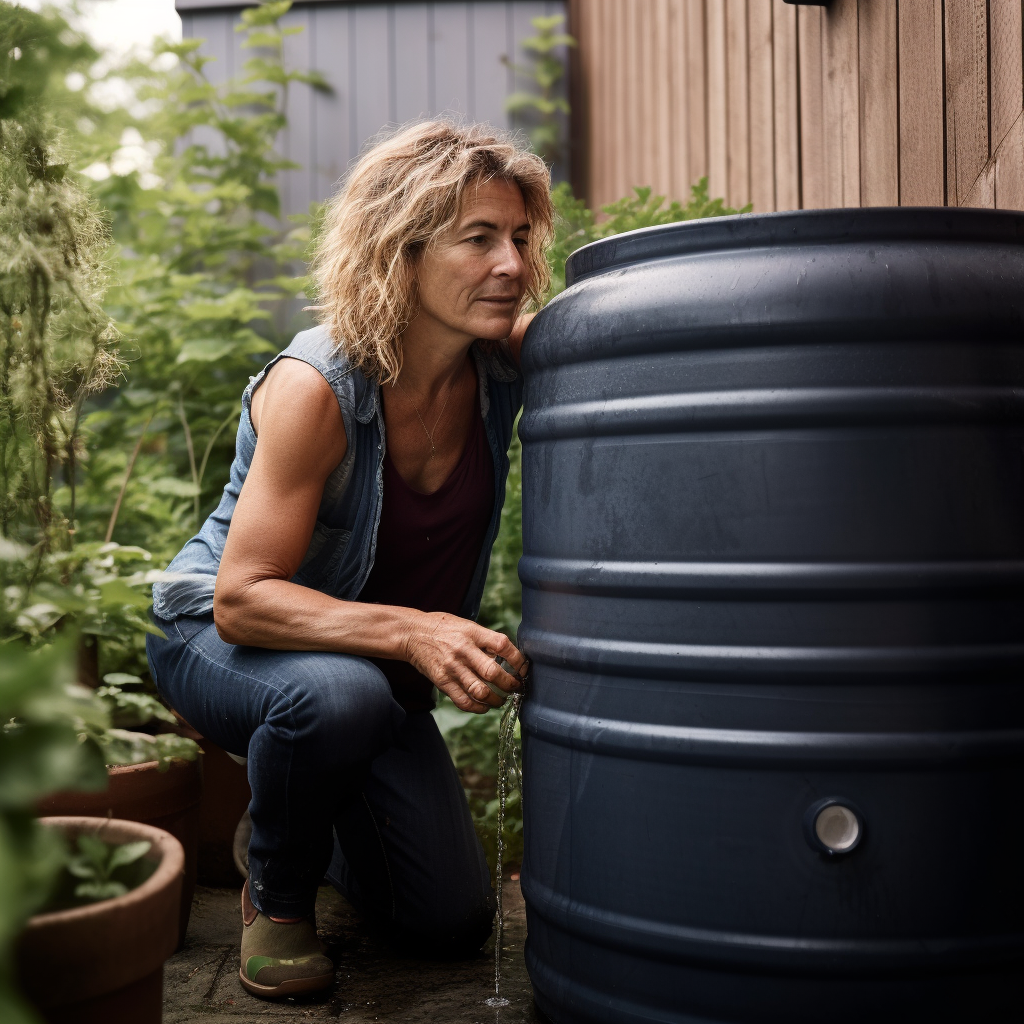
Tips For Storing Rainwater
When storing rainwater, always keep these tips in mind:
- Use a dark, opaque storage container to prevent sunlight from promoting algae growth.
- Seal the container to prevent contamination from insects or debris.
- Clean and inspect your storage container regularly to maintain water quality.
Benefits Of Drinking Rainwater
*It is imperative that you filter and treat rainwater before consuming it. It may contain bacteria, viruses and other heavy metals.
Rainwater is generally soft, which means it is free of minerals that can cause buildup in plumbing and appliances.
Some of the benefits of drinking rainwater include the following:
Natural Softness
Rainwater is naturally soft, meaning it lacks the minerals found in hard water that can give it an odd taste or create buildup in your plumbing.
Chemical Free
Rainwater does not contain chlorine, fluoride, or other chemicals that are often added to municipal water supplies. This makes it a great choice for individuals with sensitivities or allergies to these additives.
Ideal for Plants
As mentioned before, rainwater lacks chlorine and chloramine, which can be harmful to plants. Therefore, it’s often considered superior for watering plants, supporting healthier plant growth.
Sustainability
Collecting and consuming rainwater reduces dependence on municipal water supplies, helping to conserve precious water resources and support sustainability.
Cost-Efficient
Once you’ve set up a collection system, rainwater is essentially free, which can significantly reduce your water bills over time.
Emergencies
Stored rainwater can be a life-saving backup in cases of water supply interruptions or contamination.
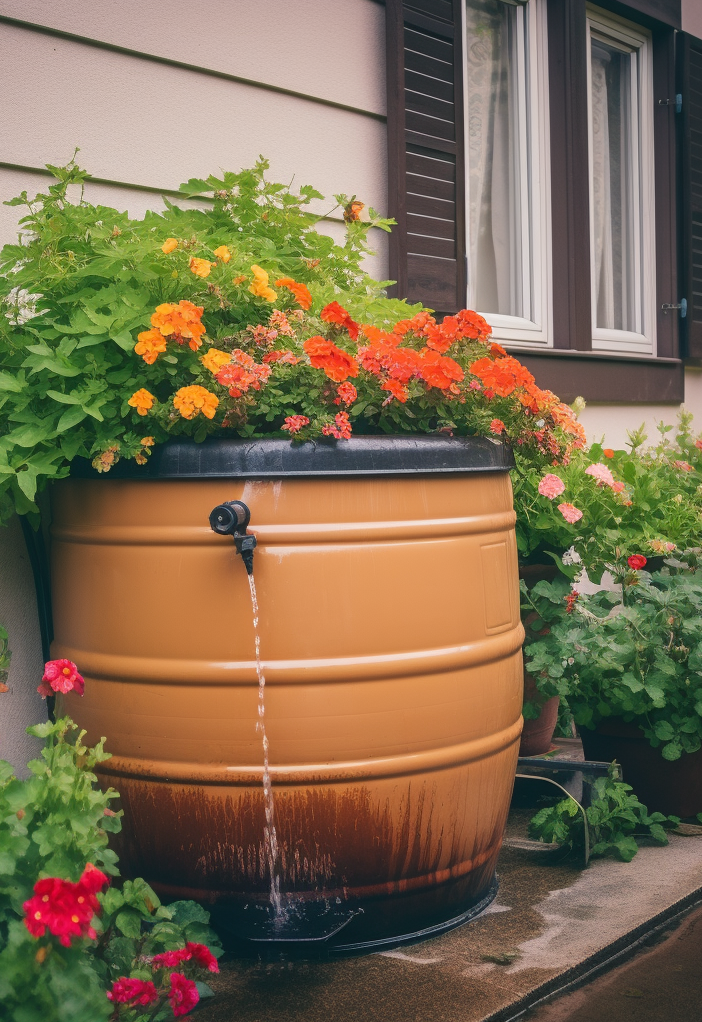
FAQs
How can you prevent algae from growing in a rain barrel?
Use a dark, opaque rain barrel and add a small amount of vinegar to keep water fresh in the barrel and prevent algae growth.
Does rainwater need to be filtered?
Yes, you should filter and treat rainwater before drinking it. A filtration system will remove contaminants, impurities, and harmful microorganisms.
Can I drink rainwater directly from the sky?
No. Avoid drinking rainwater directly from the sky. It may contain pollutants, dust, and other contaminants. Collect the rainwater using a rainwater harvesting system and filter it before consumption.
How long can water be stored in a rain barrel?
Stored rainwater can generally last up to six months if it is kept in the dark, and well-maintained container. However, it is recommended to use your water regularly to ensure its quality and safety.
How fast will a 50-gallon rain barrel fill up?
The speed at which a 50-gallon rain barrel fills up depends on the size of the catchment area and the intensity of the rainfall.
For example, if your catchment area is 1,000 square feet and you receive 1 inch of rainfall, you could collect around 623 gallons of water.
In this scenario, a 50-gallon rain barrel would fill up quickly. However, actual collection rates may vary due to factors such as gutter efficiency and water losses.
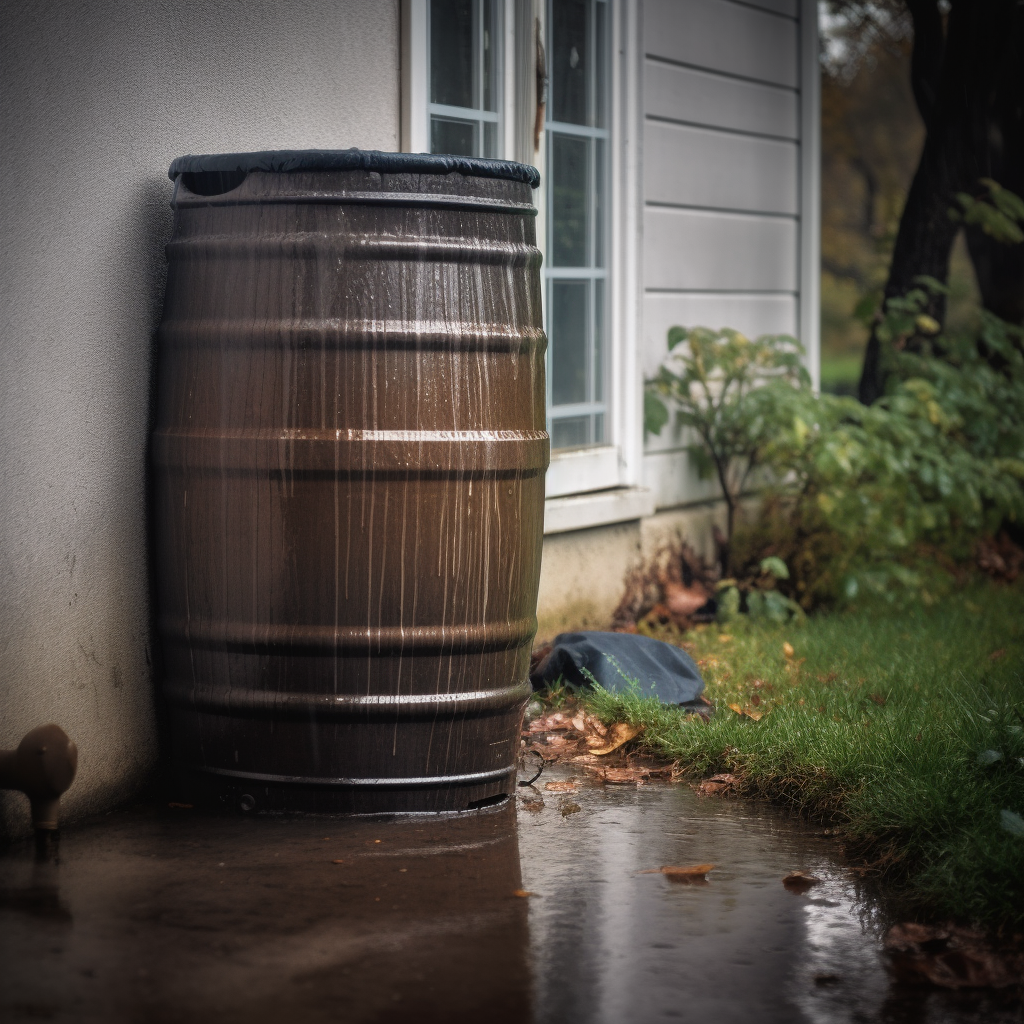
Wrap Up: How Do You Collect Rainwater and Keep It Clean?
Harvesting, retaining, and utilizing rainwater is a potent strategy for preserving precious water reserves.
With the strategies we’ve explored in this article, you can readily set up an efficient rainwater harvesting system, ensuring a clean, safe supply for various uses. So, why not give rainwater collection a try?
It’s an eco-friendly solution that’s beneficial not only for your household but also for our planet.
To learn more about
ABOUT THE AUTHOR
Angie Montgomery is the co-founder of Monday Day Prepping. She and her husband Bill have been "prepper's" since 2008. When she's not helping manage the homestead, she enjoys teaching her two boys how to cook and make natural alternatives to cleaners and other household items.

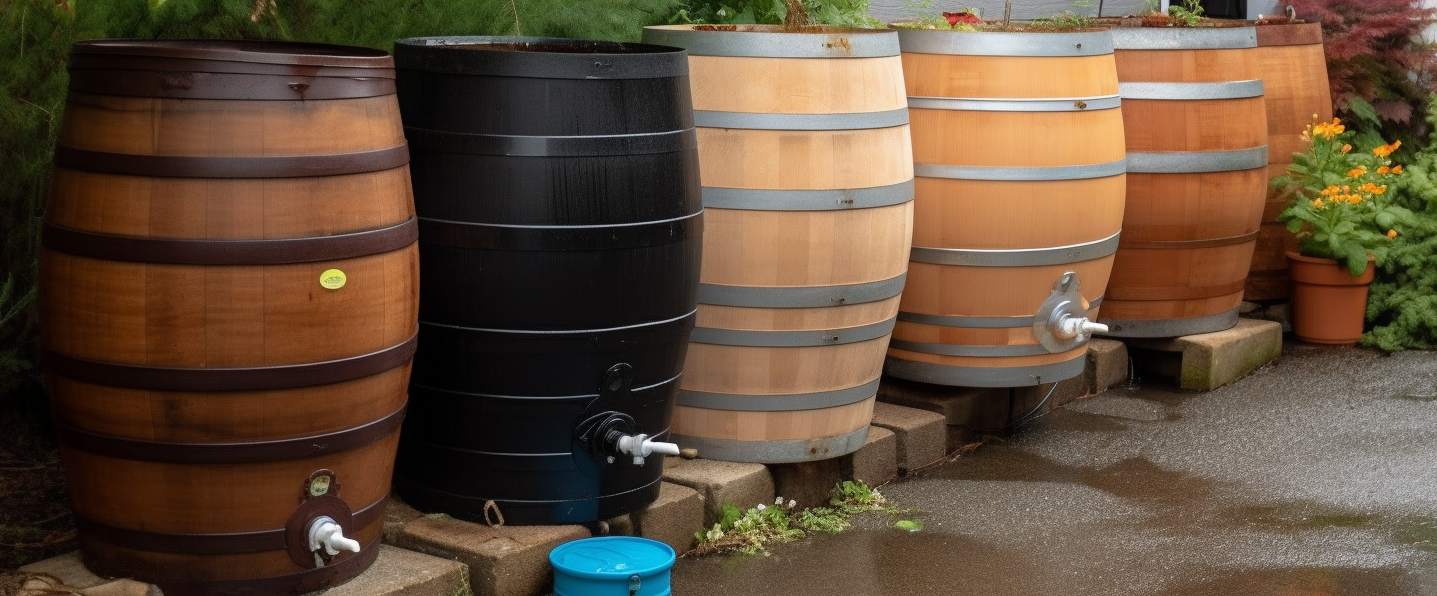
0 Comments